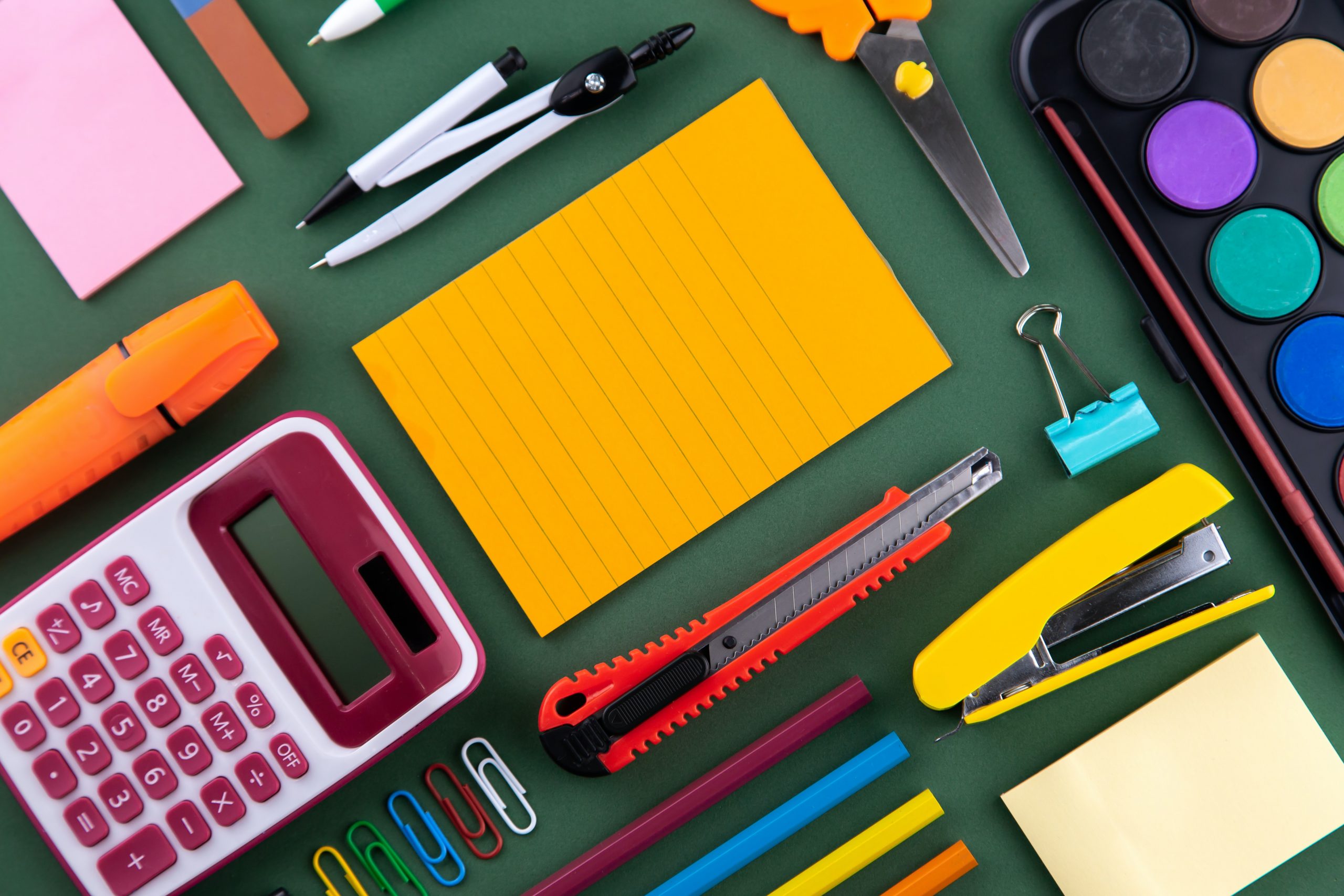25 May 2023
What is SAMR?
SAMR is a reflection tool that can help educators think about how digital technology integration is supporting learning.
Educator Resources

In whiteboard.chat, you can make frames so that different learners of groups of learners can work on activities. It can be integrated with Google Classroom or Microsoft Teams. Users do not need to create accounts to participate on the white board. It has activities such as math quizzes that you can insert. You can play around for free – you do not even have to make an account to test it out. There is a teacher guide and a student guide that will introduce you to all the tools. You get 10 boards with a free account. These boards expire after 7 days unless you go in and refresh them. There are three levels of paid accounts that allow you to create more boards and keep them longer.
Padlet has introduced a digital whiteboard they are calling Sandboxes. Padlet Sandboxes have similar features to Jamboard plus extras. It has tools for voice recordings, drawing, typing, sticky notes, shapes and video uploads. You can create a slide show and play it like a slide presentation or use it as an activity board. There is a set of education templates that can help you get started. You can have different groups working on different cards (frames or pages) and prevent them from seeing what others are doing. The Sandboxes can be integrated with Google Drive and Classroom. Padlet does not require users to create accounts to participate on the sandboxes. Padlet allows you to have three active sandboxes and boards on a free account. You can store your old work but you can only have three working at one time. They have several tiers of pricing that allow for more sandboxes and boards to be active and for different numbers of editors per sandbox or board. (We made a Padlet Tip Sheet that explains how to use the boards.)
When Google closed down *Jamboard in December 2024, they recommended FigJam, Lucidspark or Miro as possible replacements. These boards are different than Jamboard in that you get one big, seemingly infinite board where you can create areas of activity. You do not navigate by going from frame to frame (page to page) but by floating across one continuous space and finding the area you want to work in. I think for some learners it could be quite confusing. Others may be delighted by the bouncy, nonlinearity of the boards.
Canva has a free whiteboard where you can create pages — look in the bottom right corner of the whiteboard. Each page is an infinite whiteboard. Canva has created a set of education templates. Users do not need to create accounts to participate on the white board.
One way to replicate some of the functionality of frame-based whiteboards is to use Google Slides. See how here: Creating a collaborative learning space using slides.
To see how this could work, take a look at some of these samples in the Collaboration Slides Folder.
was a free online whiteboard. Users could add text, sticky notes, images, and links. You could create online discussions and opportunities for synchronous or asynchronous collaborative or individual learning. A nice thing about Jamboard was that workshop facilitators and instructors could see what individuals and groups were doing on each frame (page).
In the Sample Jamboards folder you can see activities by some Ontario literacy practitioners (and me) that you can copy and adapt.
You will also see a folder called EDTechTeacher Samples where you will find copies of many of the Jamboards that were shared in the shared in the Building digital skills with Google workshop.
If you’d like to learn more about whiteboards or schedule a demonstration, contact Tracey or our Quick Tech Help service.